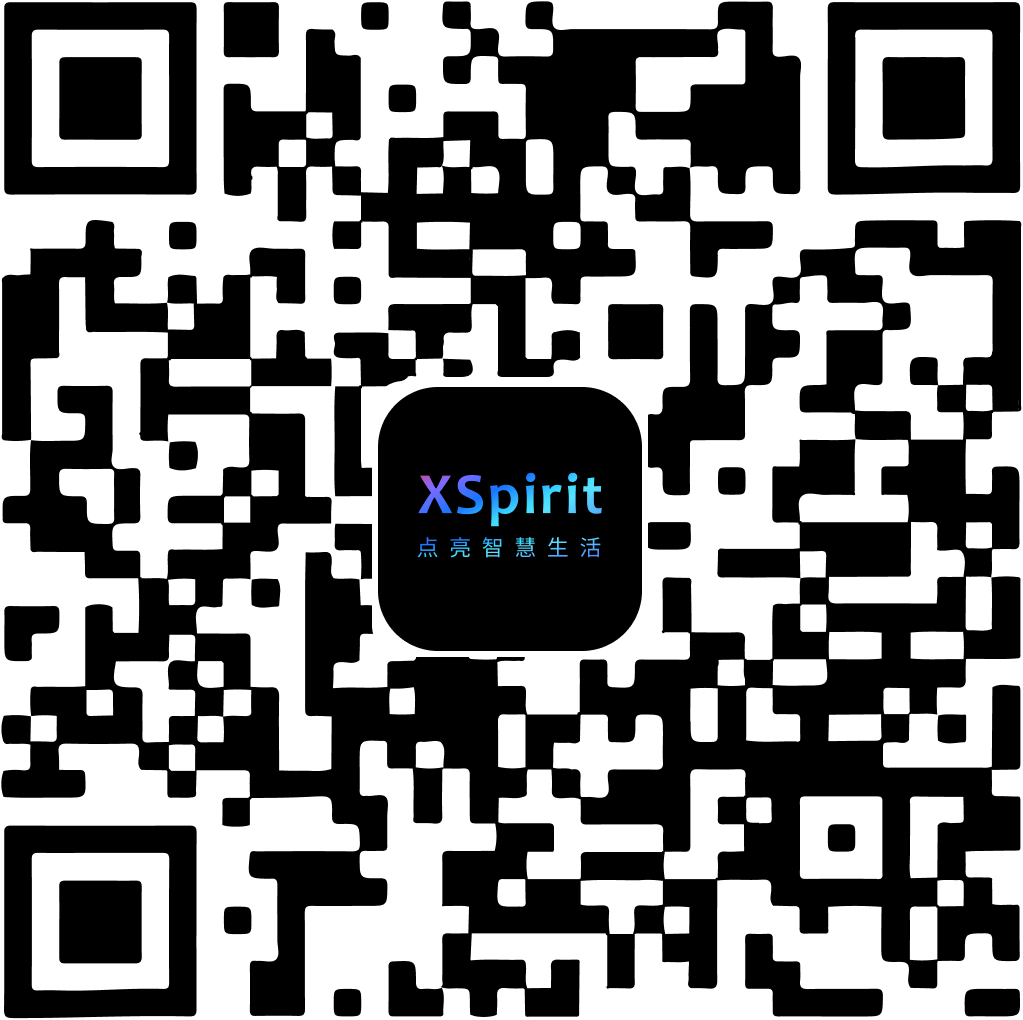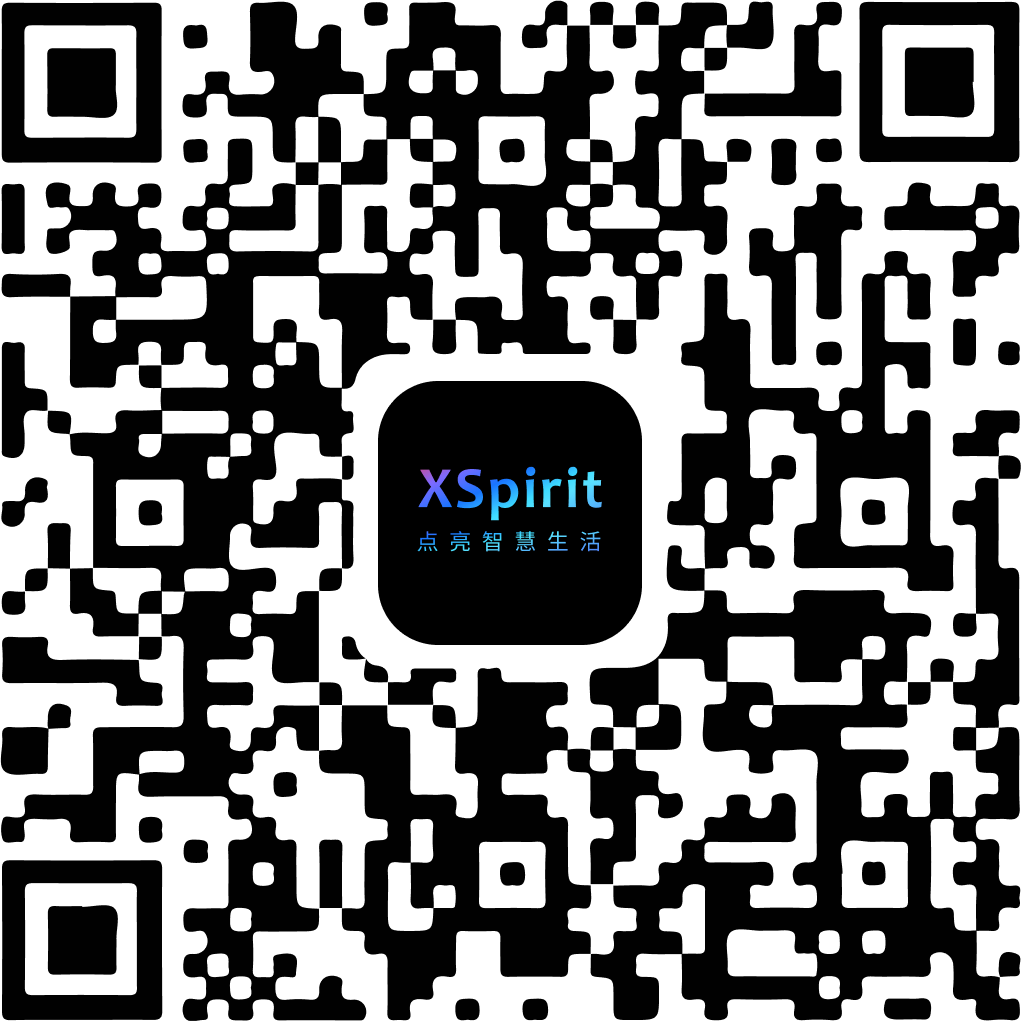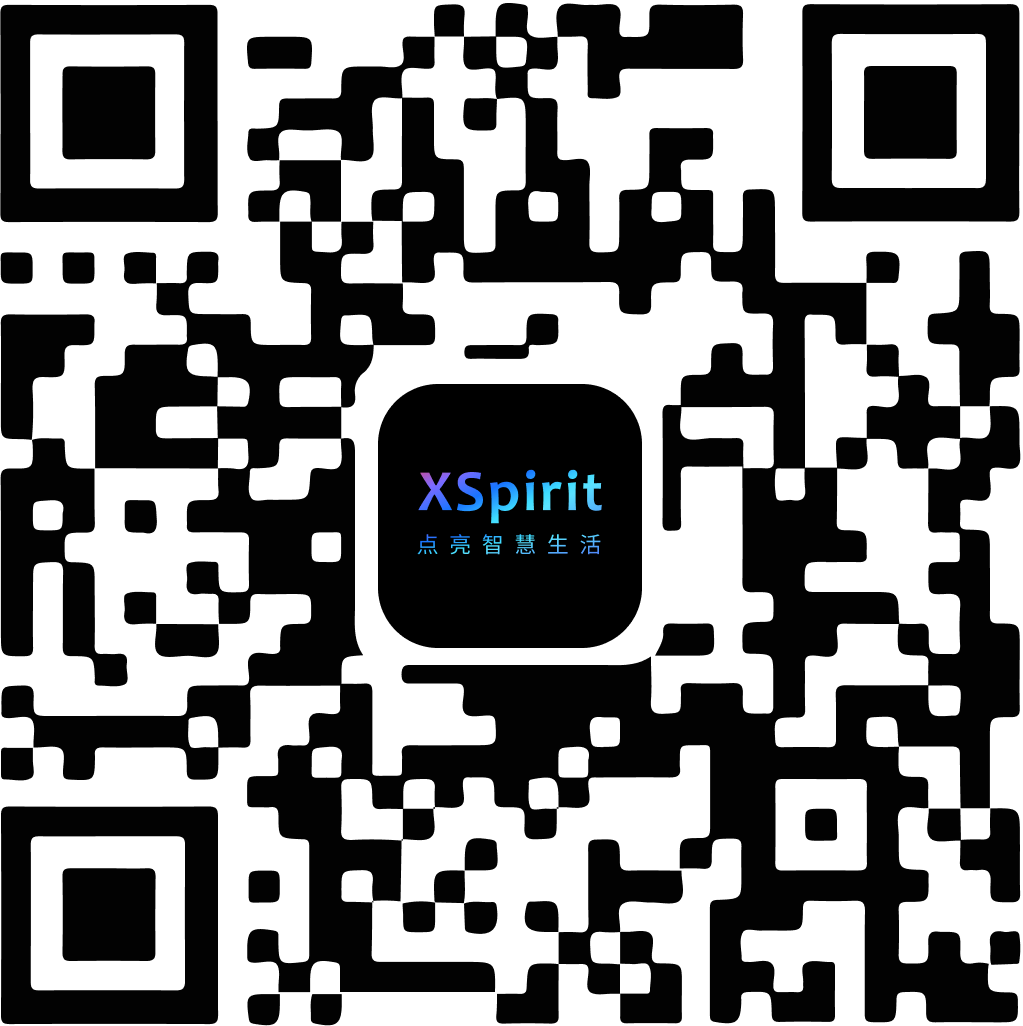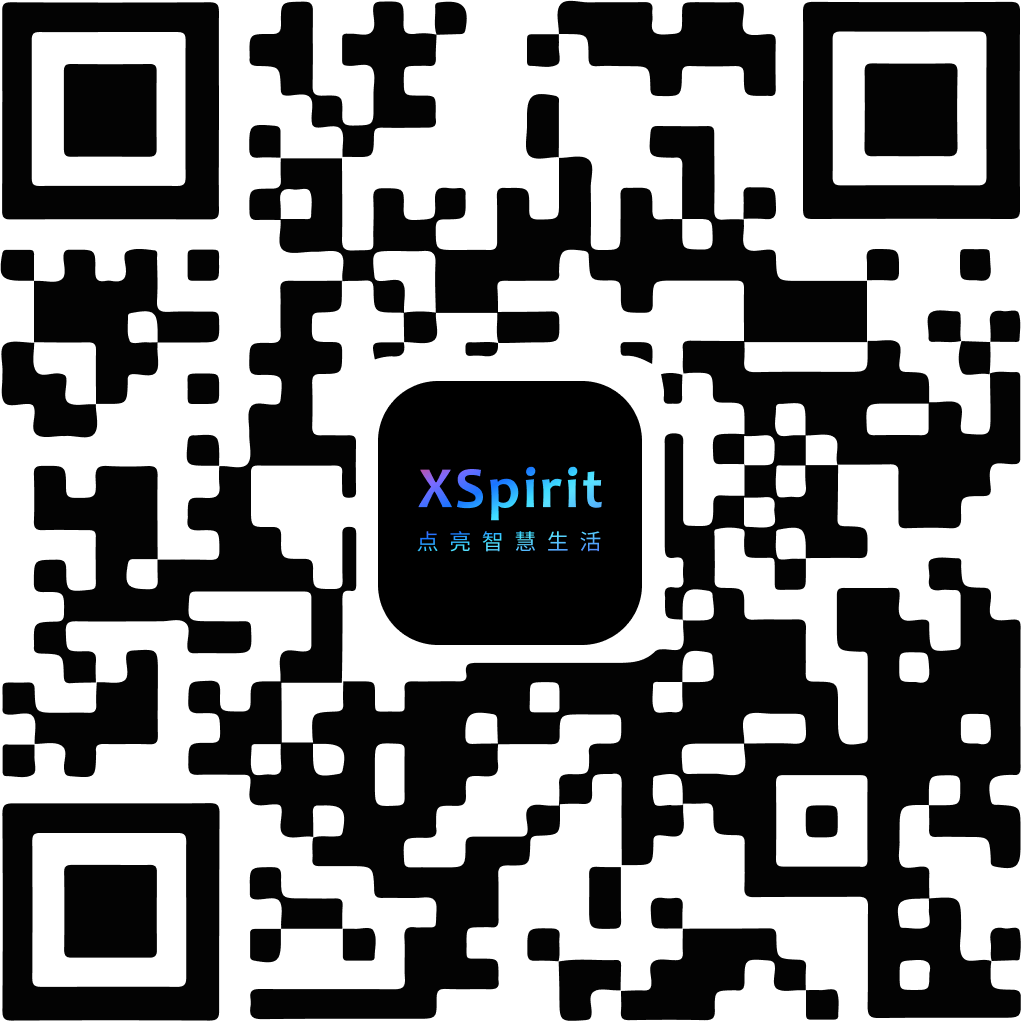Security: Token & Authentication
App front-end and back-end secure communication specifications.
The front-end RESTful API and WebSocket (socket.io, synctable...) must use EdgerOS standard security specifications, otherwise these operations will be intercepted by EdgerOS.
RESTful
Developers need to ensure that any REST services that need to be protected must start with /api/, such as /api/query and when calling these REST services, they need to ensure that the header contains the 'edger-token', 'edger-srand' fields.
fetch('/api/...', {
...
headers: {
'edger-token': ...,
'edger-srand': ...
},
...
}).then(...).catch(...);
WebSocket
The developer must ensure that the WebSocket URL contains the 'edger-token' and 'edger-srand' query parts. socket.io module can use query option:
io.connect('/path', {
query: 'edger-token=...&edger-srand=...'
});
synctable module can use query option:
const t = new SyncTable(server, 't', {
token: ...,
srand: ...
});
Functions
edger.token()
- Returns: {Promise} Promise object.
Actively obtain the token and srand information needed for current communication. If successful, the data object contains the following fields:
token{String} Communication token.srand{String} Communication random string.
Example
edger.token().then(data => {
const { token, srand } = data;
console.log(token, srand);
}).catch(error => {
console.error(error);
});
async / await
async function token() {
try {
return await edger.token();
} catch (error) {
console.error(error);
}
}
edger.security.verify()
- Returns: {Promise} Promise object.
Before performing high-risk operations, the EdgerOS emergency password verification dialog box will pop up, and the user needs to enter the EdgerOS emergency password for verification, and the relevant operations can only be performed after the verification passed.
The data object contains the following field:
success{Boolean} Indicate whether this API has been successfully called.
Example
edger.security.verify()
.then((data) => {
// If data.success is true, the verification dialog pops up successfully
})
.catch((error) => {
console.error(error)
})
async / await
async function verify() {
try {
return await edger.security.verify();
} catch (error) {
console.error(error);
}
}
Events
The unified event listener provided by Web-SDK:
const listener = (payload) => {
// Event handling...
}
// add listener
edger.addEventListener('some-event', listener);
// or
// onAction() is an alias of addEventListener().
edger.onAction('some-event', listener);
// remove listener
edger.removeEventListener('some-event', listener);
// remove all listeners
edger.removeAllListeners();
For security reasons, the elimination time of token and srand is very fast, so users must listen to the following event to quickly update token and srand.
token
EdgerOS updates this App token and srand value.
Example
const listener = (payload) => {
const { token, srand } = payload;
console.log(token, srand);
}
edger.addEventListener('token', listener);
verify
When the verification result is obtained, EdgerOS will send this event, and the developer needs to listen this event to obtain the verification result.
event{Object} Event is the result of the verification.action{String} Indicate the operation type of the verification component. There are two values:cancelandverify. When it iscancel, it means that the user has cancelled the verification. When it isverify, it means that the user has submitted verification.result{Object} Indicate the result of the verification. Only included when the action is verify.success{Boolean} Indicate whether the verification is passed,truemeans the verification is passed,falsemeans the verification is not passed.times{Number} Indicate how many times the password is verified.wait{Number} Indicate the number of minutes to wait for the next verification.
Example
const listener = (payload) => {
const { action, result } = payload;
if (action === 'cancel') {
console.log('Verification cancelled')
} else if (action === 'verify') {
if (result.success) {
console.log('Verification passed');
} else {
console.log(`Tried ${result.times} times,need to wait for ${result.wait} minutes before trying again`);
}
}
}
edger.addEventListener('verify', listener);




 陕公网安备61019002002605号
陕公网安备61019002002605号